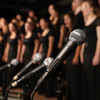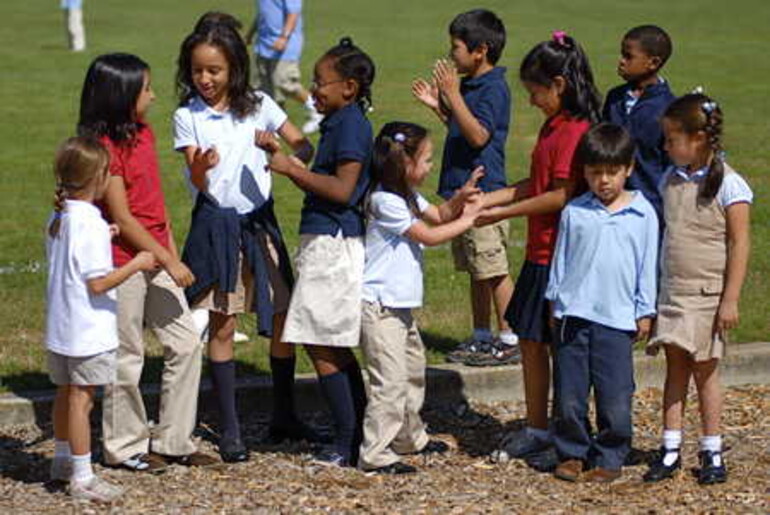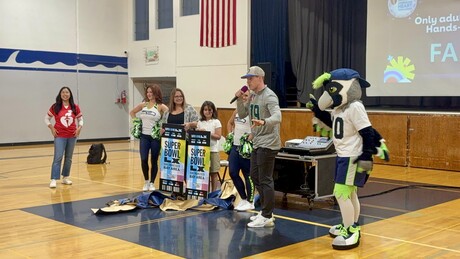When the Kirkland Seventh-day Adventist School board decided to join the other Adventist schools in the North American Division (more than 50 percent) who require uniforms or unified dress code they understood they were entering uncharted territory for the school. In the 62 years of operation, KSDA had considered uniforms on several occasions, but had never taken the step. The official board decision last spring was to adopt a "unified dress code."
Students are required to wear shirts or polo tops with sleeves and collars. If the hem has tails, it must be tucked in. Tops must be white, navy, light blue or red. Bottoms may be pants, shorts (to the knee), skirts or jumpers, and must be khaki or navy.
"It is the great debate whether unified dress codes will raise grades or affect behavior, but the overall effect is very impressive," says Cary Ursino, KSDA's vice principal. "Students look like they have arrived at school with purpose. Their clothes say I'm here to learn."
Some claim uniforms in general are the great equalizer. Unified clothing is all-inclusive. Students focus on classwork and not on the latest fashion trends. Uniforms set private school students apart as unique, and students come to recognize their educational dress as distinctive.
"The unified dress code has made our mornings easier," says Tamera Meeks, mother of Ella and Branson, second- and third-graders. "They pick their own clothes and everything in their school drawers match, so there is no wrong combination."










